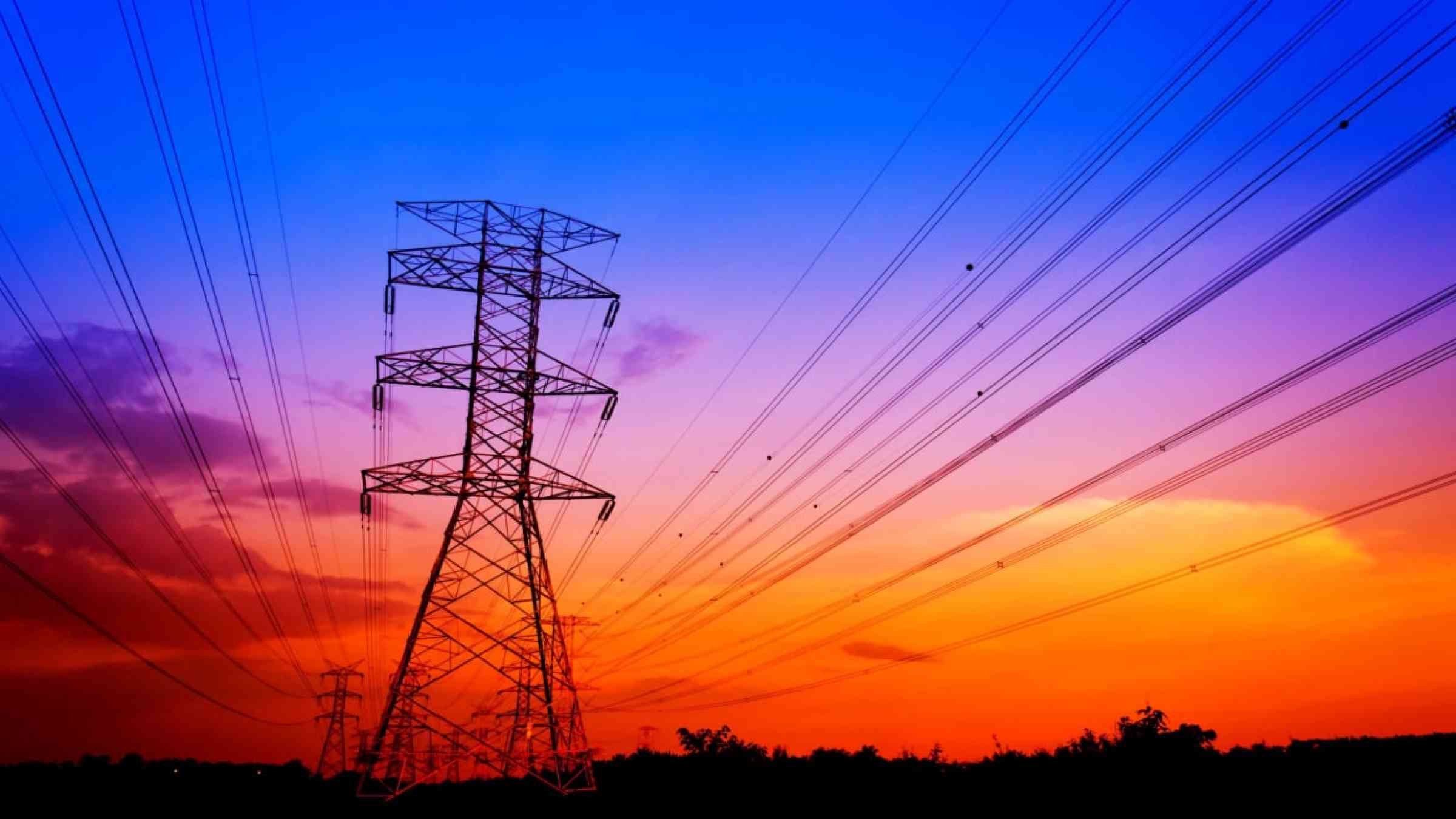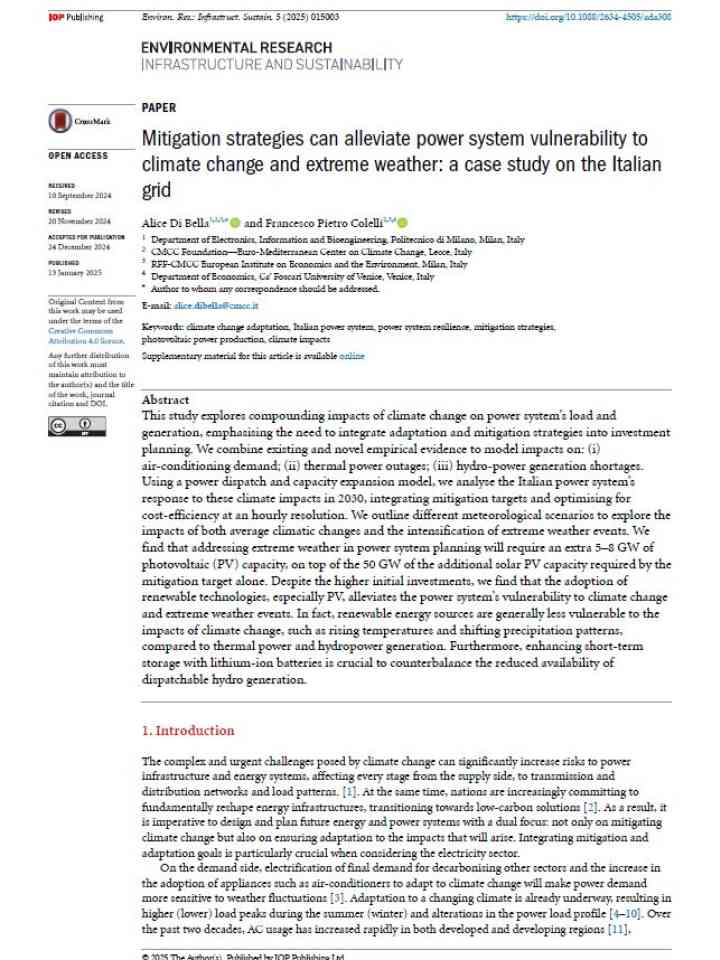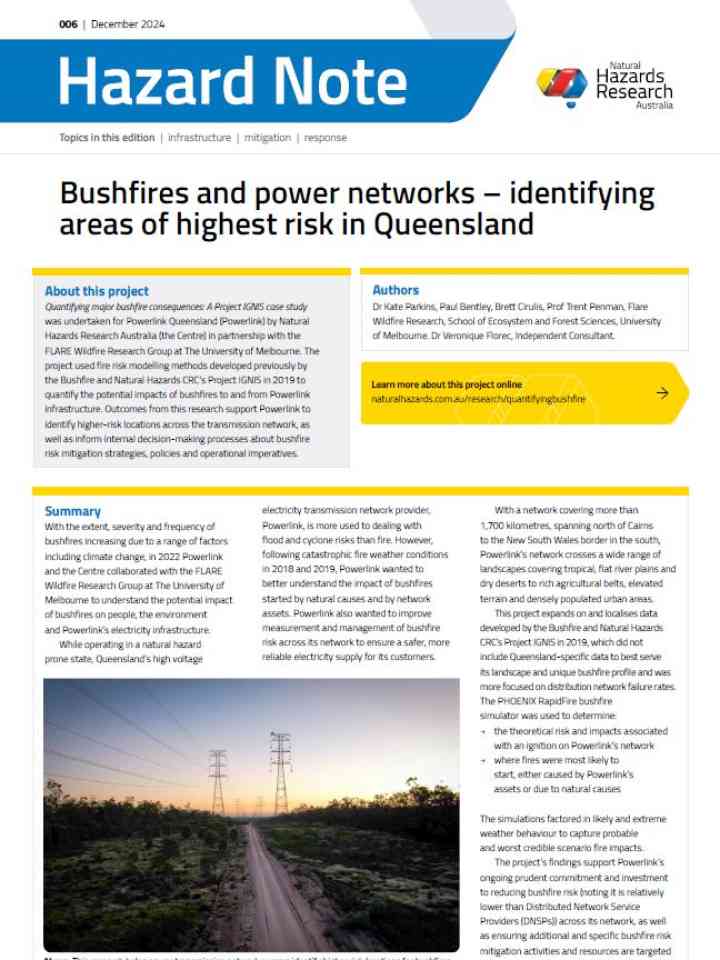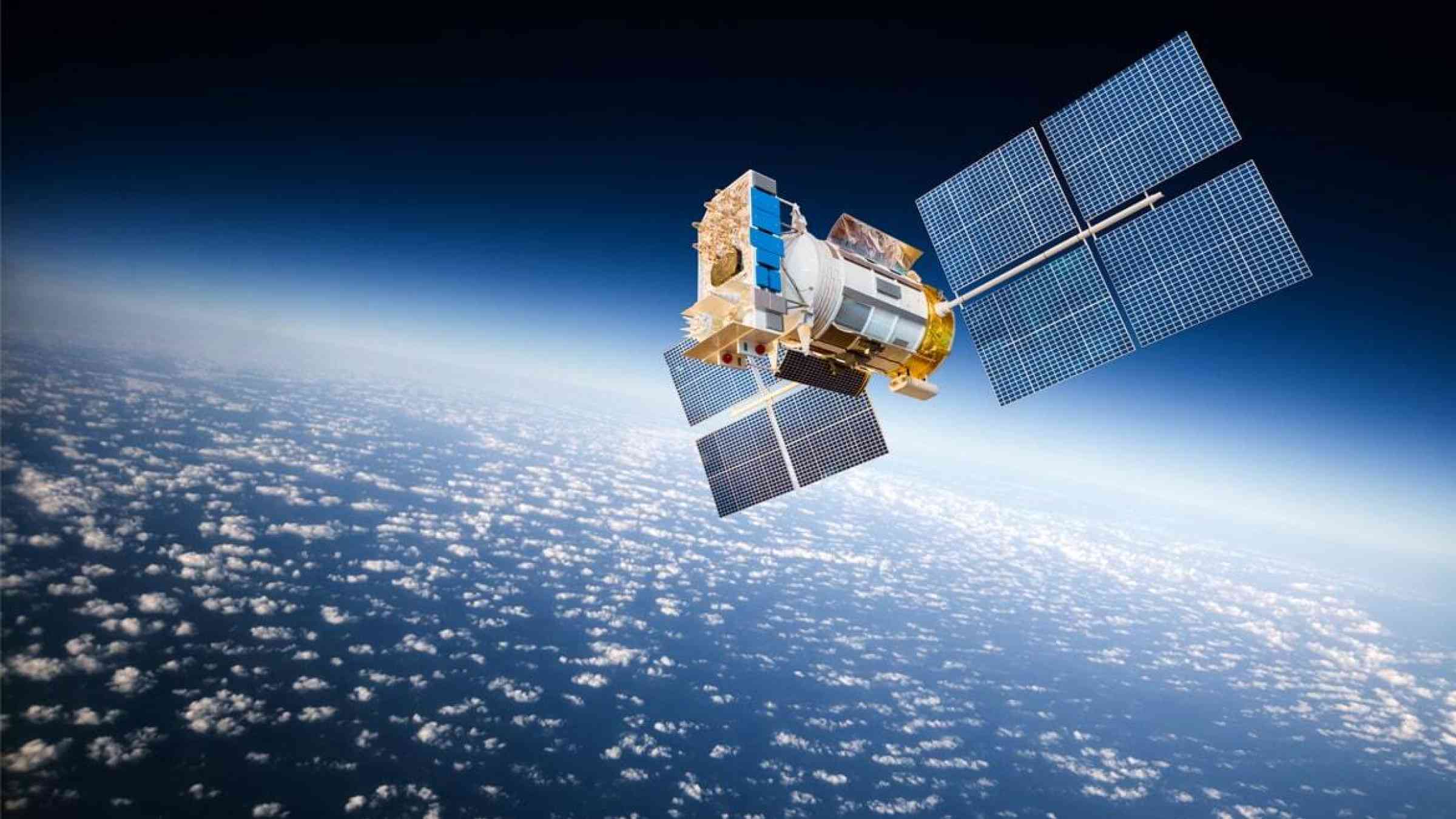Building resilient grids
Image
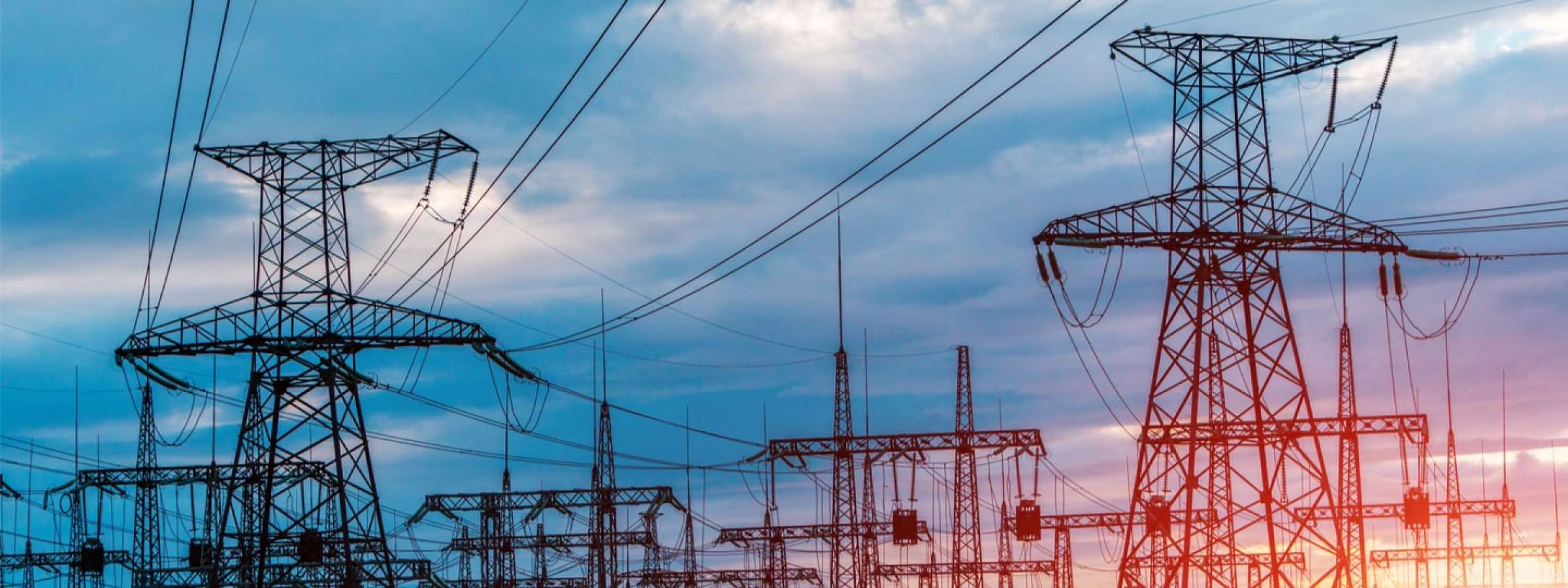
yelantsevv/Shutterstock
Introduction
Disasters can impact electric grids with damaging economic, environmental, and public health consequences. Grid resilience can help ensure that power disruptions are minimal and do not affect critical services.
Themes


